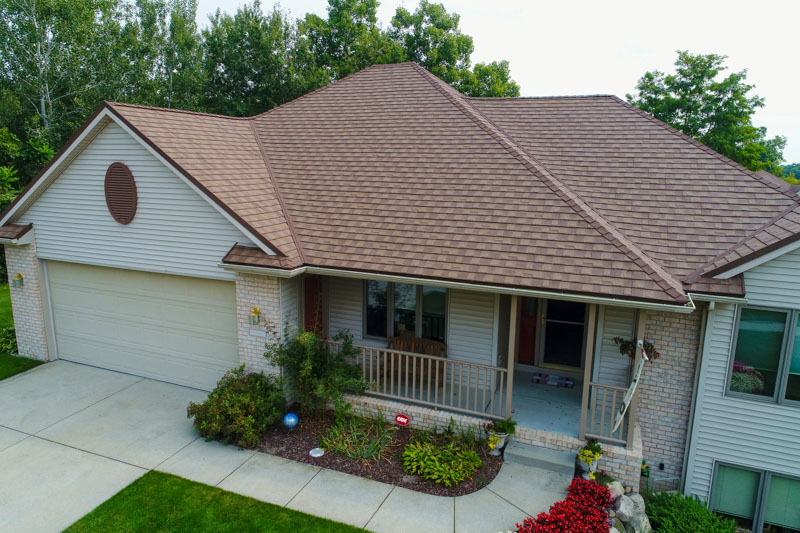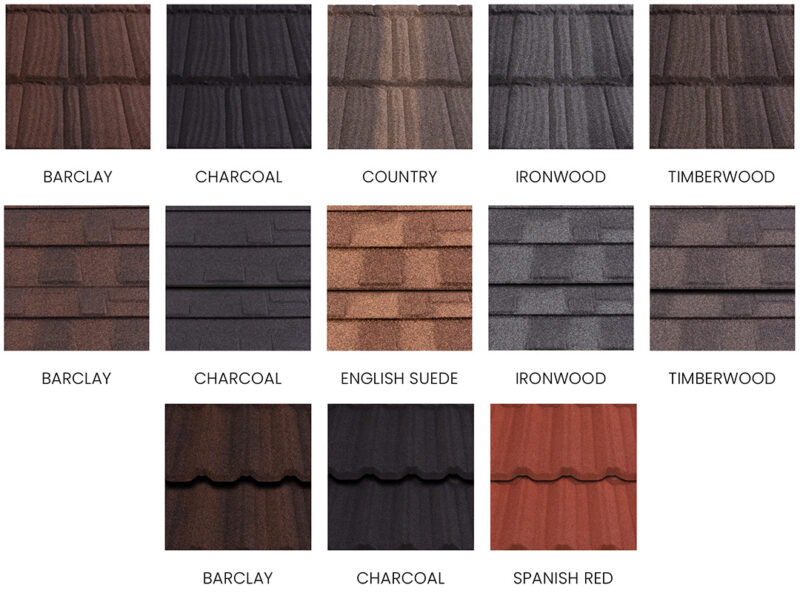If you live in Alaska, you understand that the weather is significantly different when you travel to places further south like Florida. People in Oregon might have different roofing needs than those in Georgia. Even though we are all in the same country, the disparities in climate differ greatly in each region.
In This Article
Cold Weather States
States in the northern-most regions of the country such as Alaska, Washington, Maine, Montana, New York, etc. tend to have longer winters, starting as early as October and ending as late as May. These colder temperatures require special attention for metal roofing. Here are some important factors to consider for colder climate states:
Color
The color of the roof can help or hinder when it comes to cold weather. A darker color will increase the solar absorption of a metal roof, thereby making the ice and snow on your roof melt faster.
Color is also important for your roof in hot temperatures just as it is with colder climates. Because you should choose darker colors for a cold weather roof, conversely, you should go for lighter colors in hotter climates.
Metal roofing produced in light colors acts as a type of “mirror,” which reflects the heat of the sun off the house, keeping the house cool and your air conditioning bills low.
Snow Bars and Guards
Snow bars and guards can help snow and ice accumulate and then eventually fall to the ground in smaller amounts, sometimes even melting before it falls. This protection keeps snow and ice from your roof from falling off all at once, aptly named a “roof avalanche.”
Just like the danger presented by a mountain avalanche, this is a serious safety consideration. Roof avalanches can harm gutters, vents, cars, animals/pets, and even a person if they happened to be underneath the roof avalanche at the time of impact. The best place to put these guards is where you or household members park vehicles, as well as places where people walk most often.
warmer weather states
States in more southern areas of the country (California, Arizona, Texas, Florida, Georgia, Alabama, etc.) experience record high temperatures, which can directly affect the type of metal roof you should purchase. Here are some specific things to look for when purchasing a metal roof in a hotter area of the country:
Cool Roof
Cool roofs are those that reflect solar energy and are typically bright and reflective. By reflecting solar energy, cool roofs significantly reduce cooling costs to your home. In this instance, your entire roof (which includes the eaves) should be highly ventilated and extremely well insulated. It is also important to check in and around where any leaks could occur to ensure a tight seal.
Decking and Underlayment
Unlike colder climate metal roofs, there should be an airspace between the back of the metal roofing and the deck and underlayment. This space works to block the heat from transferring from the metal to the building underneath it.
Ventilation

Like with colder climates, ventilation is important. To have efficient ventilation, make sure you are working with an experienced contractor familiar with metal roof installation. A ventilated roof is key and will keep your metal roof acting as an energy-efficient addition to your home. By using both soffit and ridge vents, hot/warm air will circulate out of the attic to keep the house cooler.
Trees and Debris
It is important to keep trees and other debris-causing elements away from your roof in general, no matter the substance or the weather. Particularly, though, overhanging trees can drop debris onto your roof and stick via sap. While this is something to consider with all roofs, with metal, this occurrence will not shorten the life of your roof.
Other Factors to Consider
Sea Water
If you live near a coastal area, the salt water in the atmosphere can affect your metal roof. Most of today’s metal roofing options are corrosive-resistant, with coatings to amplify this protection. It is important, however, to check into your product through your contractor to ensure this is the case.
High Wind/Storm/Hail Areas
Hail will not penetrate metal roofing; metal roofs are also extremely durable in storms and high winds. However, thicker metals like steel are better suited for these conditions as opposed to materials like aluminum.
Whether rain, sleet, wind, snow, hail, extreme heat, or frigid cold, metal roofing will stand up to the elements. It is important, however, to have a good game plan in mind between yourself and your contractor before you install any roofing. Considering your specific location and the weather it presents can have a large influence on what type of metal roofing you buy.

